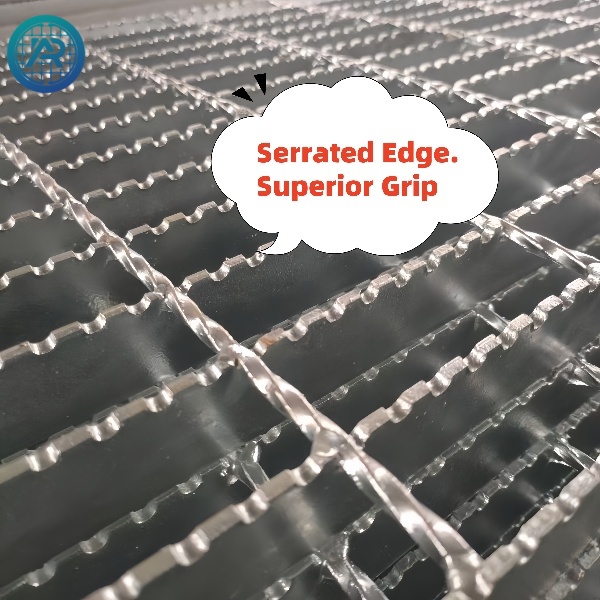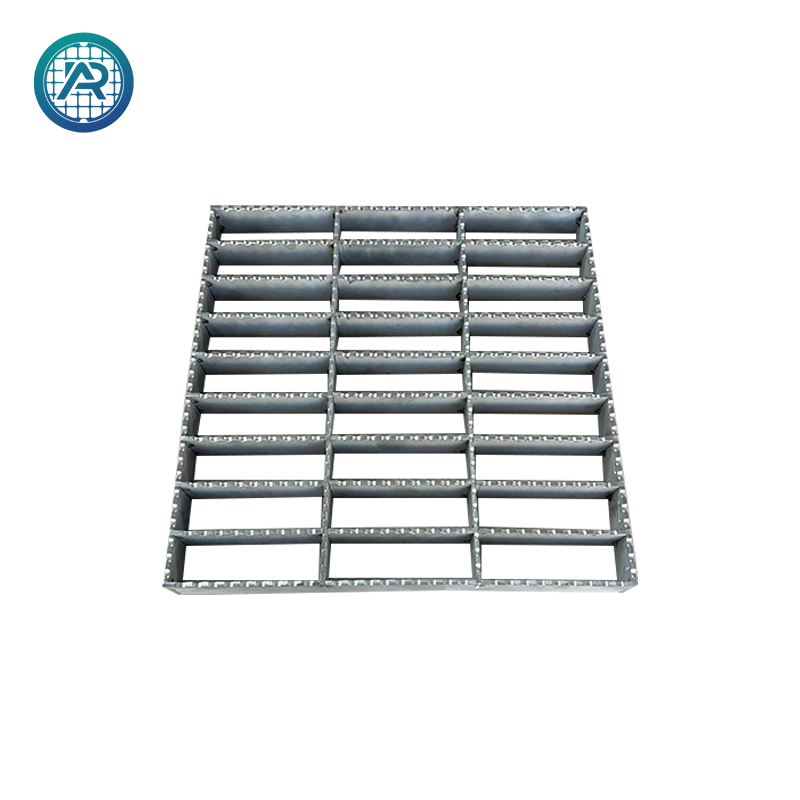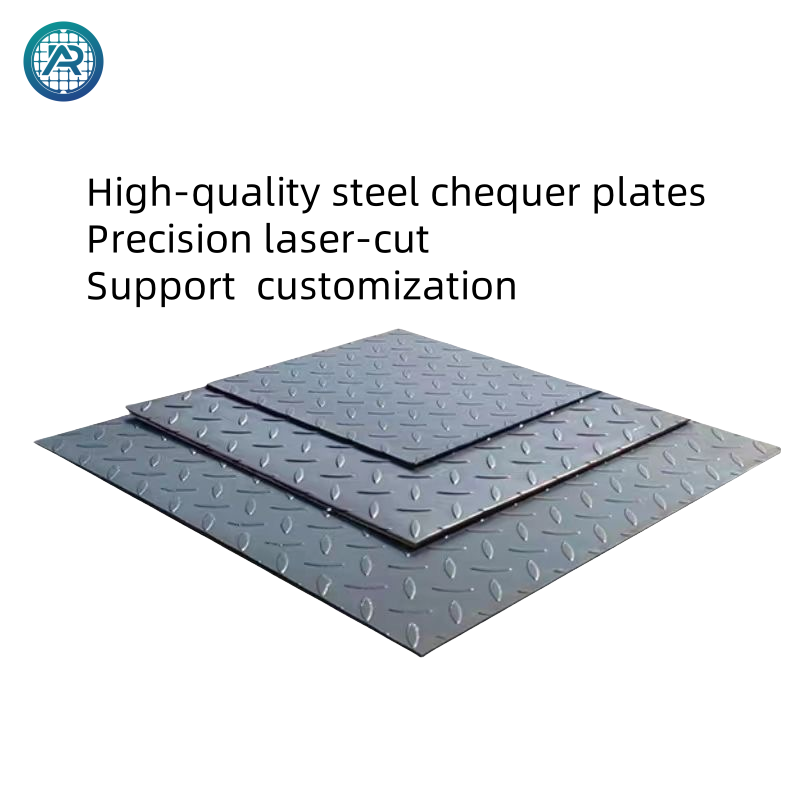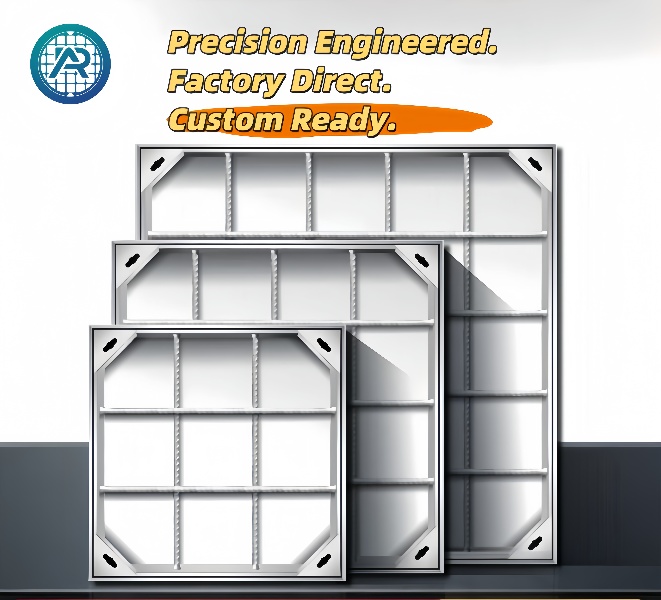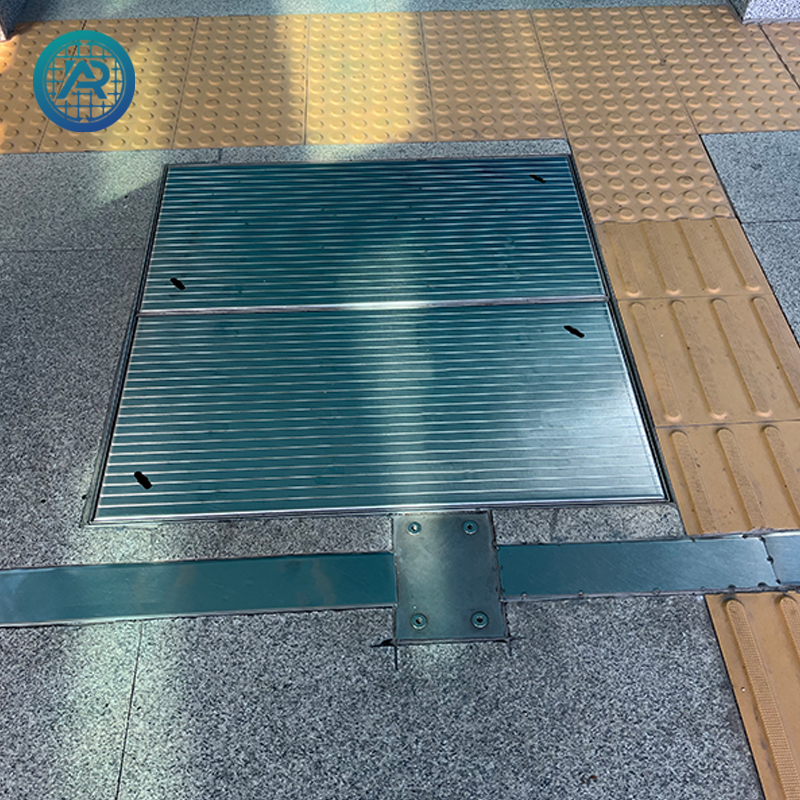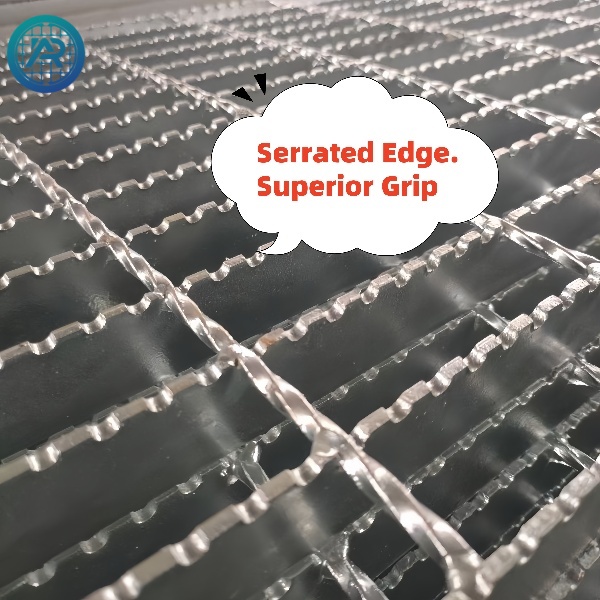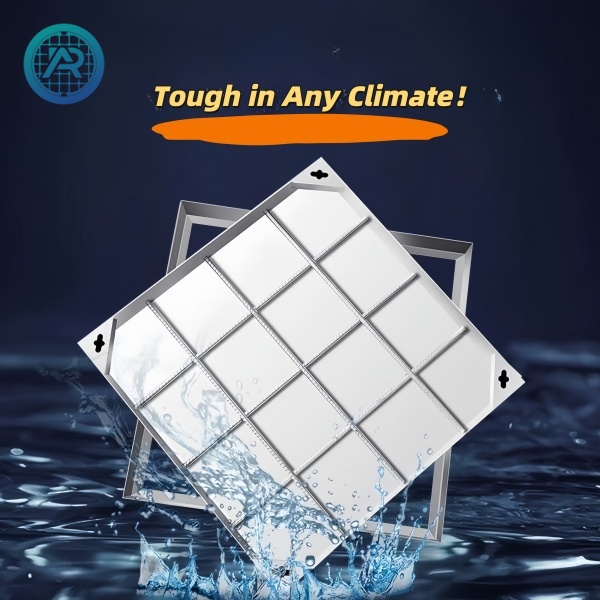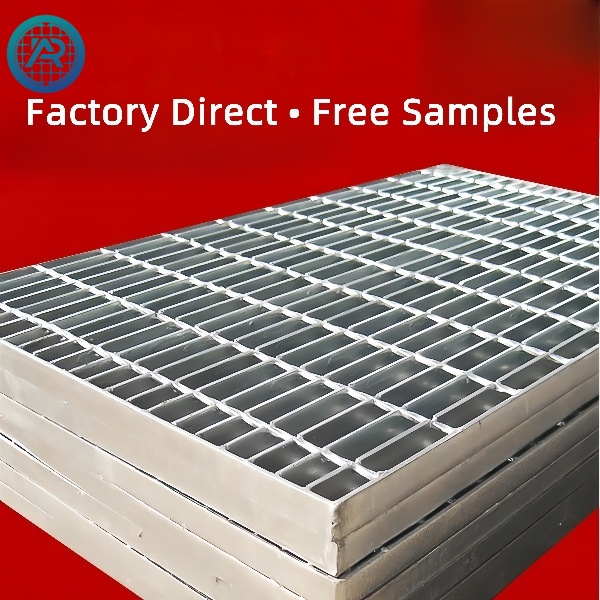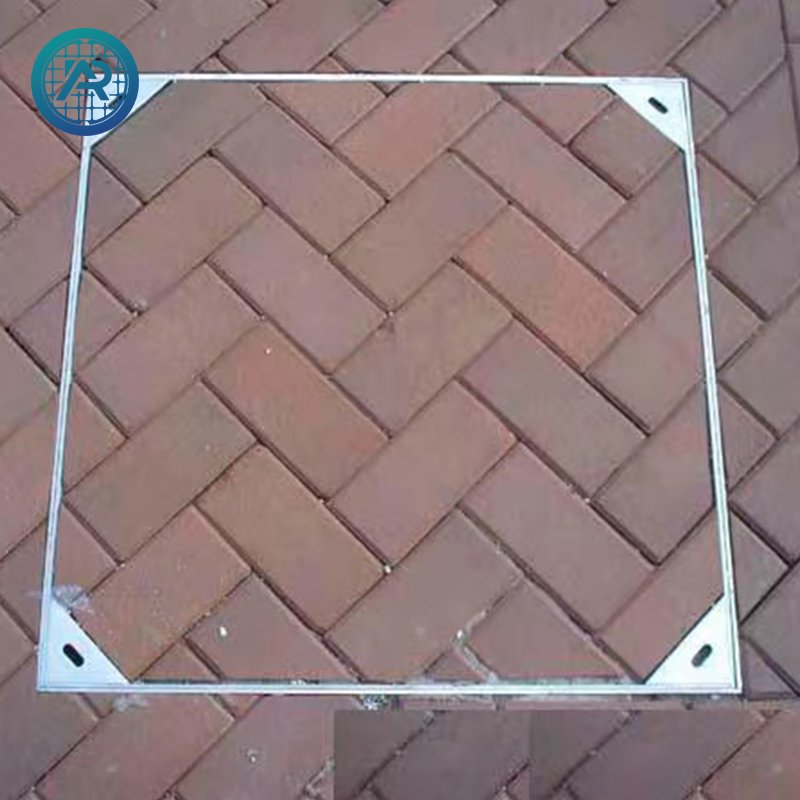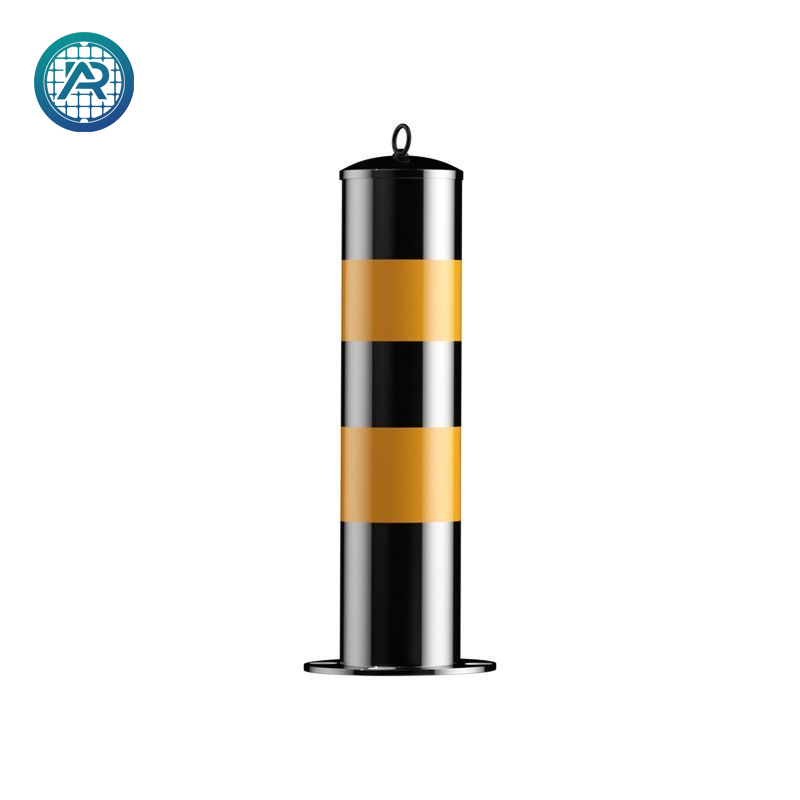In modern urban infrastructure, manhole covers play a crucial role, despite their small size. Acting as the link between streets and underground utilities, manhole covers carry the responsibilities of drainage, traffic load, public safety, and more. However, traditional manhole covers often focus solely on function, gradually becoming disconnected from the evolving demands of urban development and aesthetics. With the rise of smart cities and sustainable development concepts, the design of manhole covers is reaching new heights. Recessed manhole covers, as an innovative design, showcase the potential for integrating aesthetics, functionality, and intelligent applications, reflecting the limitless possibilities of contemporary urban design.
1. Aesthetic Innovation of Recessed Manhole Covers: Adding Charm to Urban Details
Traditional manhole covers are primarily designed for functionality, often lacking integration with the surrounding urban environment, leading to a monotonous and unattractive cityscape. In cities with rich historical and cultural backgrounds, traditional iron manhole covers often clash with the surrounding architecture, disrupting the unity and beauty of the overall landscape. However, the emergence of recessed manhole covers has changed this scenario. Their unique concave design not only optimizes the functionality of manhole covers but also adds an artistic touch to urban spaces.
The recessed design allows manhole covers to better integrate with the surrounding road surfaces and public spaces, reducing the visual conflict between the cover and the ground. Various materials and shapes can be customized based on the surrounding environment and cultural context. For example, in historic districts, retro-style recessed manhole covers can be designed with intricate patterns and material choices that make the covers a scenic feature of the streets. In contrast, in modern city centers, minimalist and bold recessed designs complement the architectural style and cityscape, embodying the dynamism and fashion of the urban environment.
Moreover, recessed manhole covers can combine functionality with aesthetics. For instance, through concave designs, artistic carvings, or cultural symbols, the manhole covers can be transformed into more than just basic infrastructure; they can become part of the city’s cultural identity. This design concept not only enriches the visual experience of urban spaces but also enables citizens to appreciate beauty and feel connected to the spirit of the city in their everyday lives.
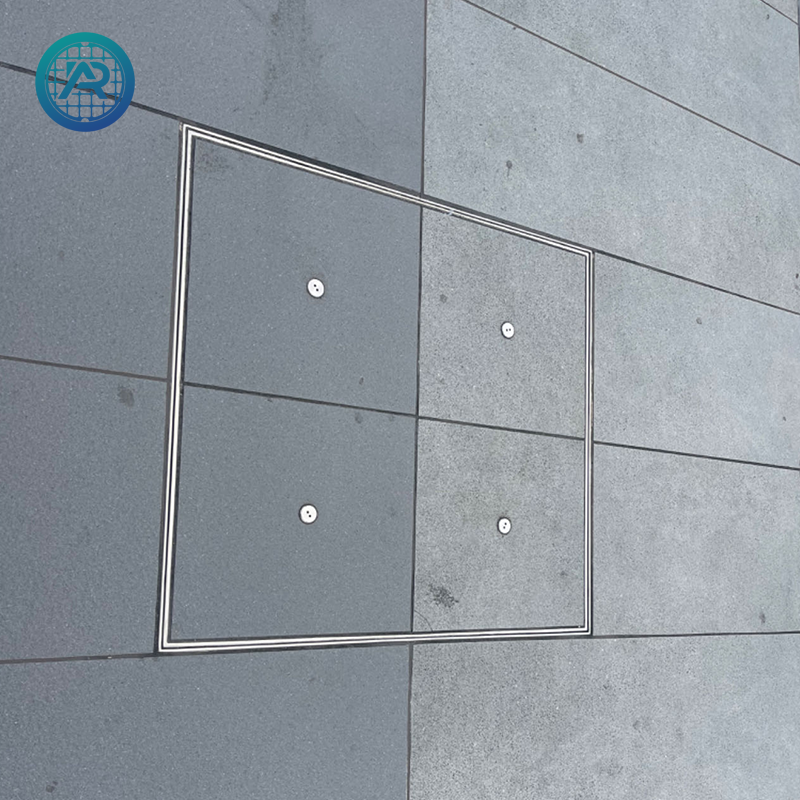
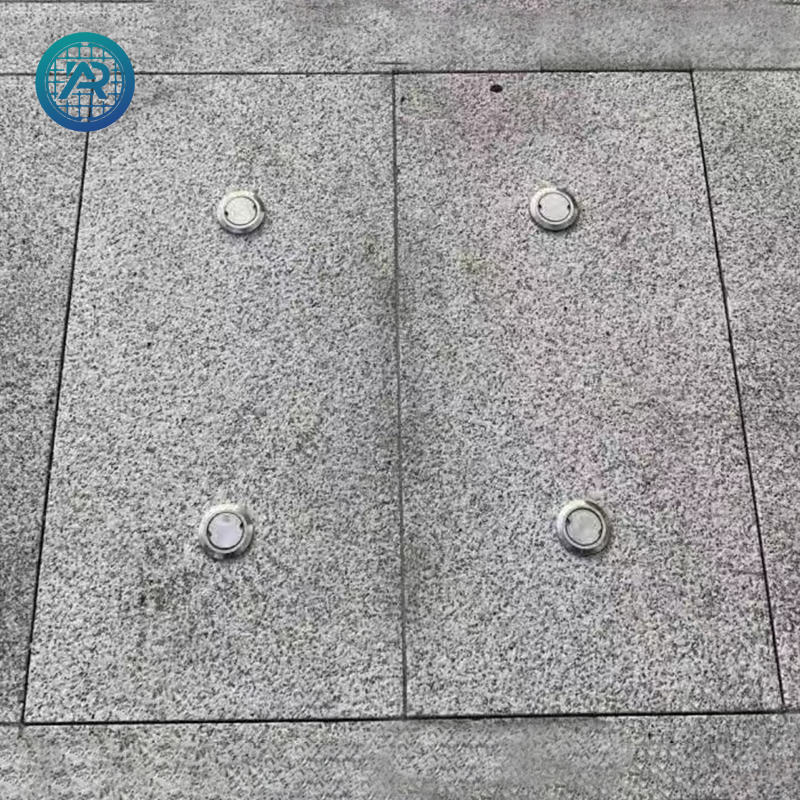
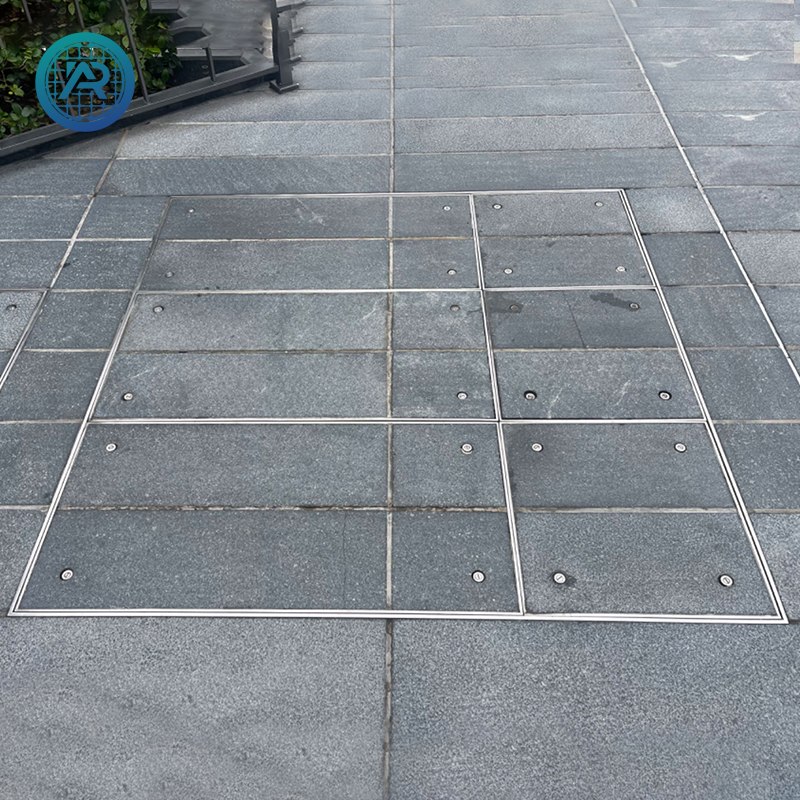
2. Enhanced Functionality: From Load-Bearing to Smart Management
The innovation of recessed manhole covers extends beyond aesthetics and into functionality. As vital components of urban infrastructure, manhole covers bear multiple responsibilities, including supporting traffic loads, providing drainage, and protecting underground utilities. While traditional flat covers can meet basic needs, they often fall short in terms of load-bearing capacity, pressure resistance, and drainage efficiency. Recessed manhole covers, through cleverly optimized structures, address these limitations.
First and foremost, recessed manhole covers have higher load-bearing capacity. The concave design effectively distributes pressure from the surface, reducing the risk of deformation or damage, even in high-traffic areas. This feature is especially important for city main roads and busy traffic hubs where heavy vehicles frequently pass. Recessed covers provide enhanced safety and durability.
Second, the concave structure improves drainage efficiency. In rainy seasons or humid environments, the drainage function of manhole covers becomes critical. Traditional flat covers often lead to water accumulation, causing road flooding or slipping hazards. Recessed manhole covers, by design, quickly channel rainwater into the manhole, reducing water flow disruptions and preventing road flooding.
Additionally, with the advancement of smart cities, the intelligent design of recessed manhole covers is becoming a reality. For example, by integrating sensors, these covers can monitor the condition of the manhole and alert the management system when abnormal conditions, such as cracks, shifts, or leaks, are detected. This ensures quick responses to prevent potential hazards. Smart manhole covers can also be linked to urban drainage systems, automatically activating drainage during heavy rainfall or extreme weather events to reduce flooding risks.
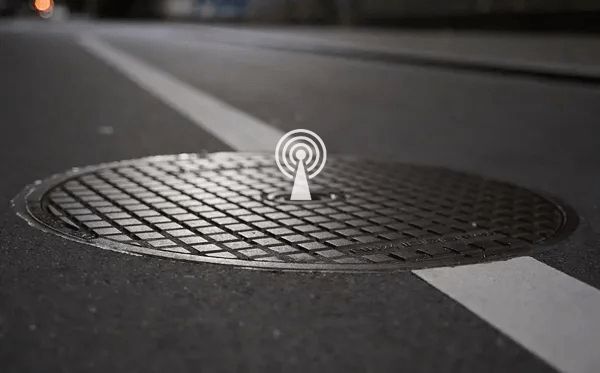
3. Deep Integration with Smart Cities
The development of smart cities hinges on data integration and technological application. Recessed manhole covers, as part of urban infrastructure, must also meet higher standards of intelligence. By integrating Internet of Things (IoT), big data, and artificial intelligence technologies, recessed manhole covers can enhance urban management efficiency and improve the quality of life for residents.
Within the context of a smart city, the "smart" capabilities of recessed manhole covers go beyond safety monitoring and drainage functions. As part of the city’s digital infrastructure, manhole covers can become an integral part of the “nervous system” of the city, transmitting real-time data to urban management centers. For instance, the sensors embedded in the covers can monitor pressure, temperature, and humidity in the underground pipelines, helping urban managers predict and address potential infrastructure issues. Additionally, by leveraging big data, urban management departments can optimize the layout and maintenance of drainage systems based on real-time information, ensuring the most efficient use of resources.
Moreover, smart manhole covers can address common problems like theft. By incorporating RFID tags or GPS tracking technology, the cover's status and location can be monitored in real-time, preventing theft or vandalism. This intelligent monitoring system ensures that maintenance teams can address problems swiftly and efficiently, reducing the risk of infrastructure loss or damage.
4. Sustainability and Environmental Friendliness: A Reflection of Green Cities
As environmental protection and sustainable development become more critical, the design of recessed manhole covers is increasingly moving toward eco-friendly and green solutions. Many recessed manhole covers are made from recyclable materials such as composite materials or steel alloys, which not only offer superior durability but also help reduce resource waste. The design of recessed manhole covers can also enhance permeability, minimizing water accumulation and alleviating urban drainage pressures, thus contributing to the harmonious coexistence of infrastructure and the environment.
In the development of smart cities, the intelligent management systems of recessed manhole covers not only enhance functionality but also reduce maintenance costs and energy consumption, creating an efficient and sustainable urban management model. By incorporating advanced technology and environmentally friendly materials, recessed manhole covers can meet current urban demands and lay the foundation for future sustainable development.
Conclusion
Recessed manhole covers, as an innovative aspect of urban infrastructure, are evolving towards the integration of aesthetics, functionality, and smart technologies. Their unique design improves the practicality and safety of urban infrastructure, while also contributing to the development of smart cities. As technology continues to advance and urban demands become more complex, recessed manhole covers will play an even more important role in city management. With enhanced functionality and adaptability, they will support the creation of smarter, safer, and more sustainable urban environments.

